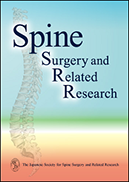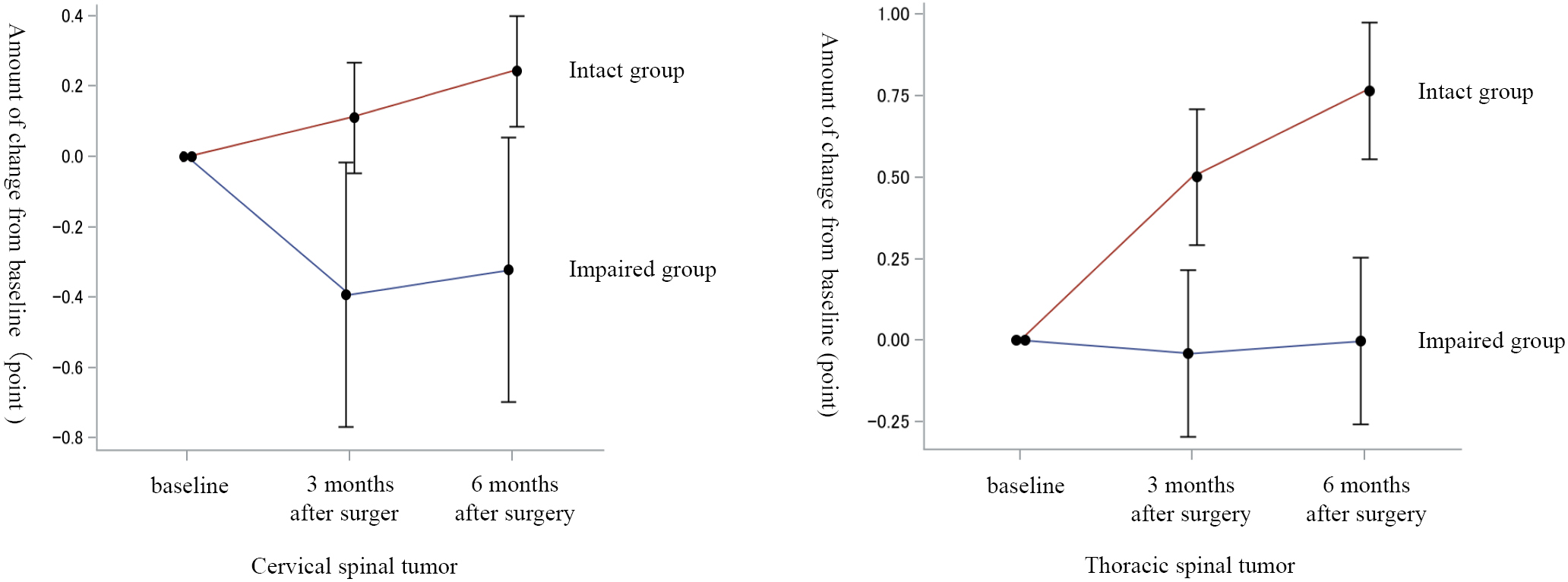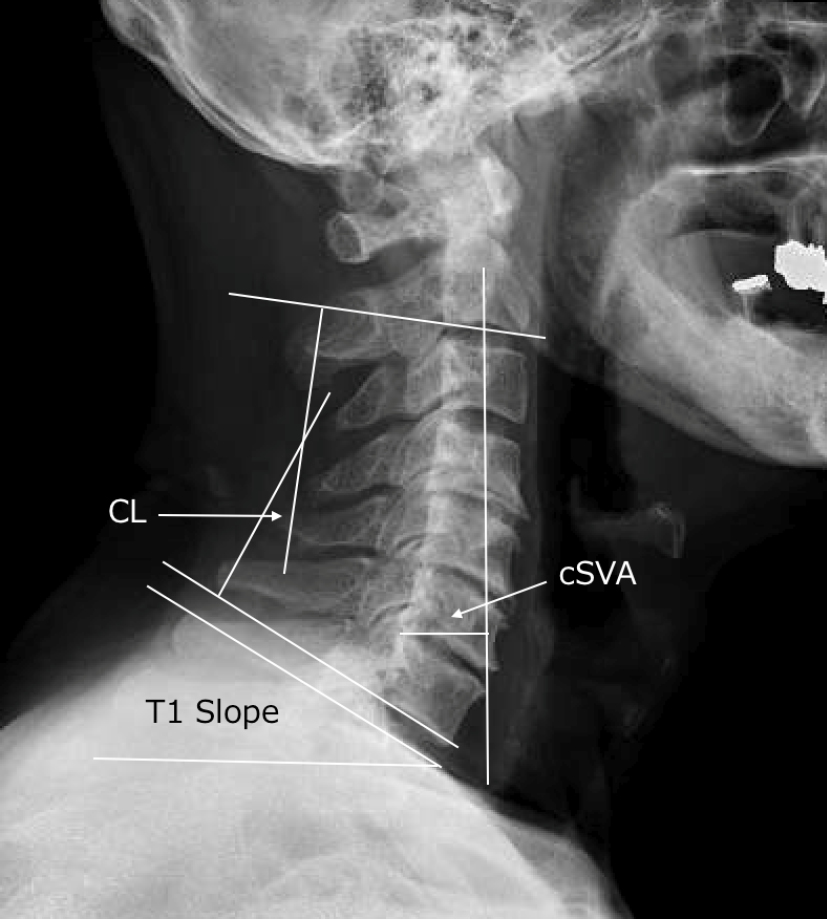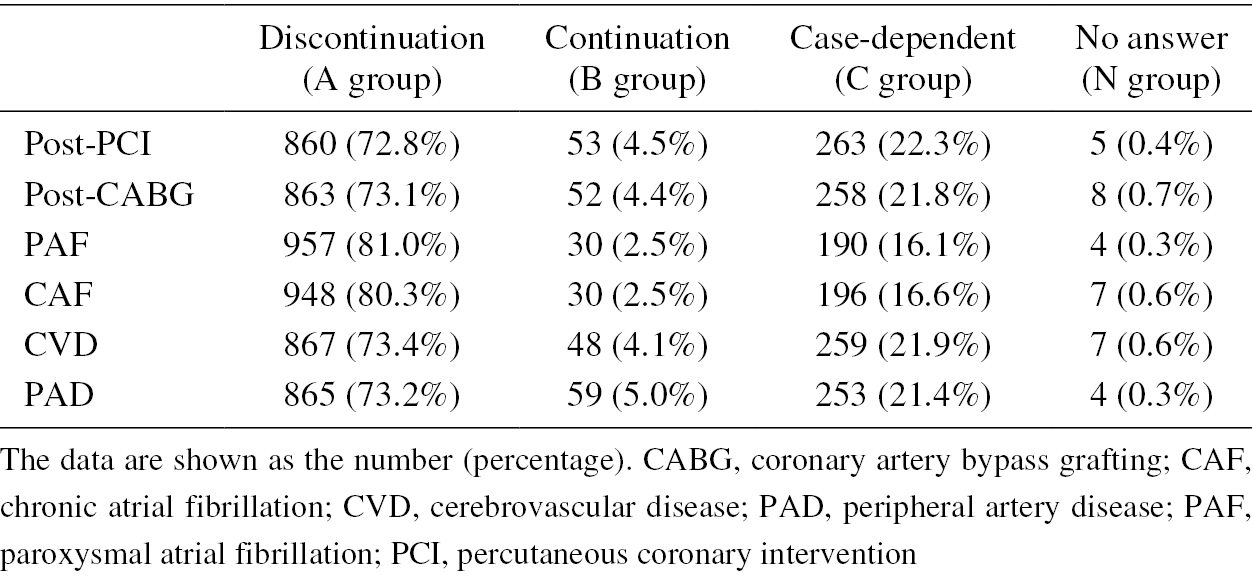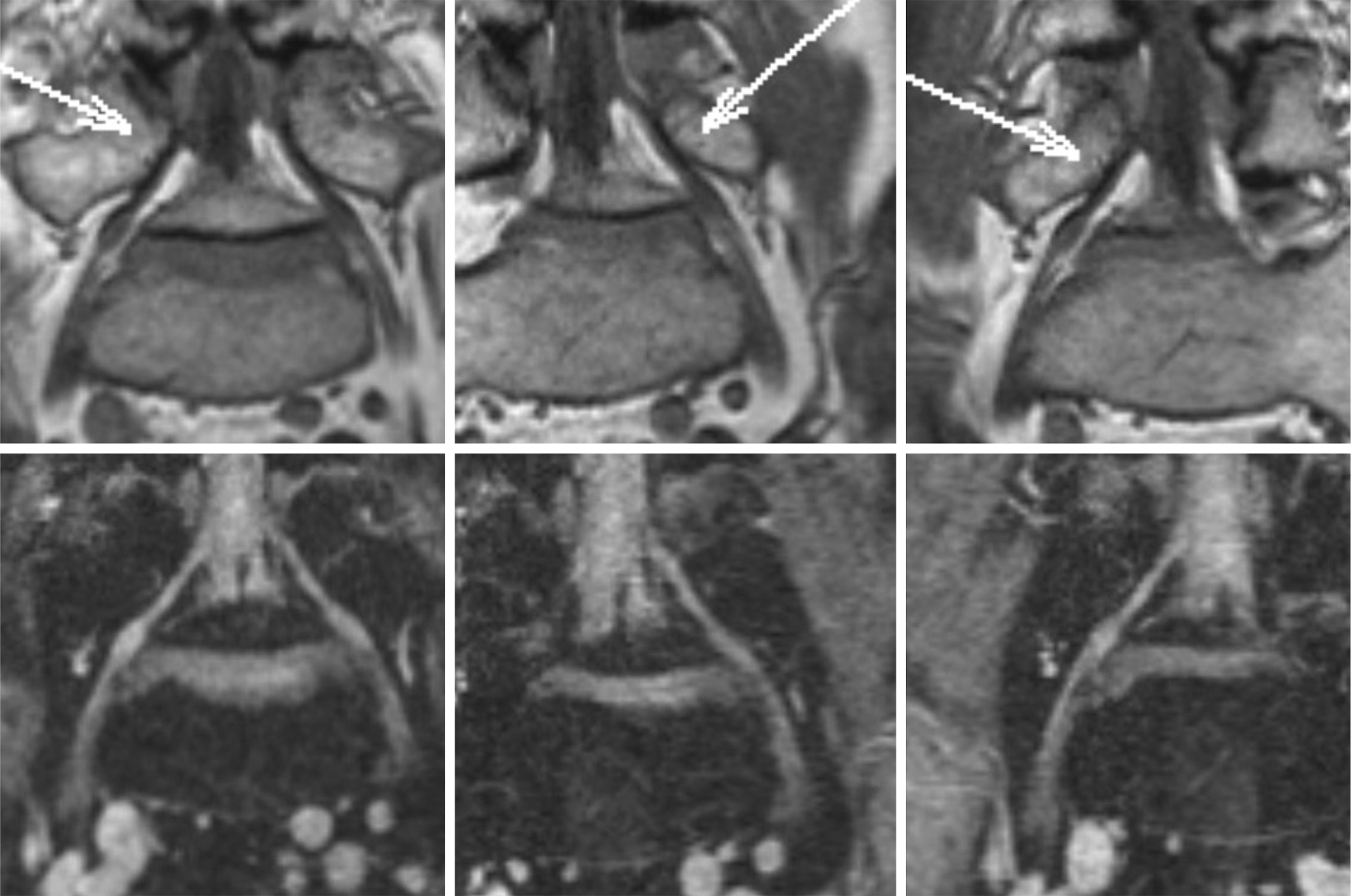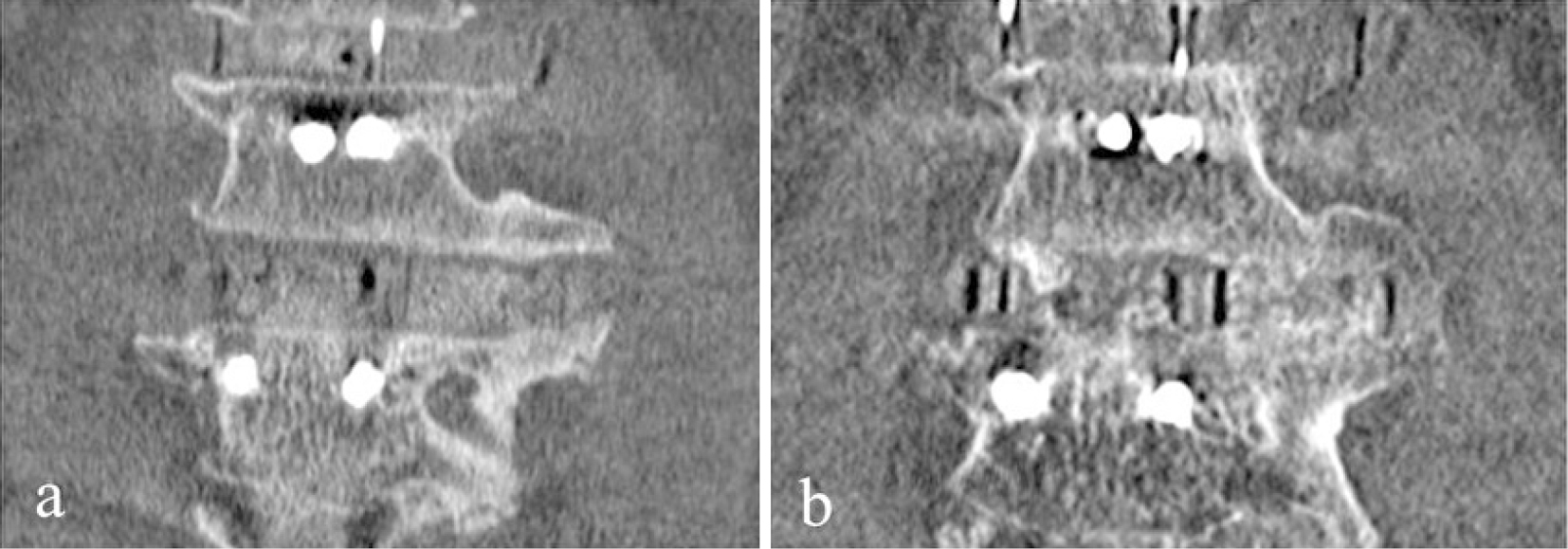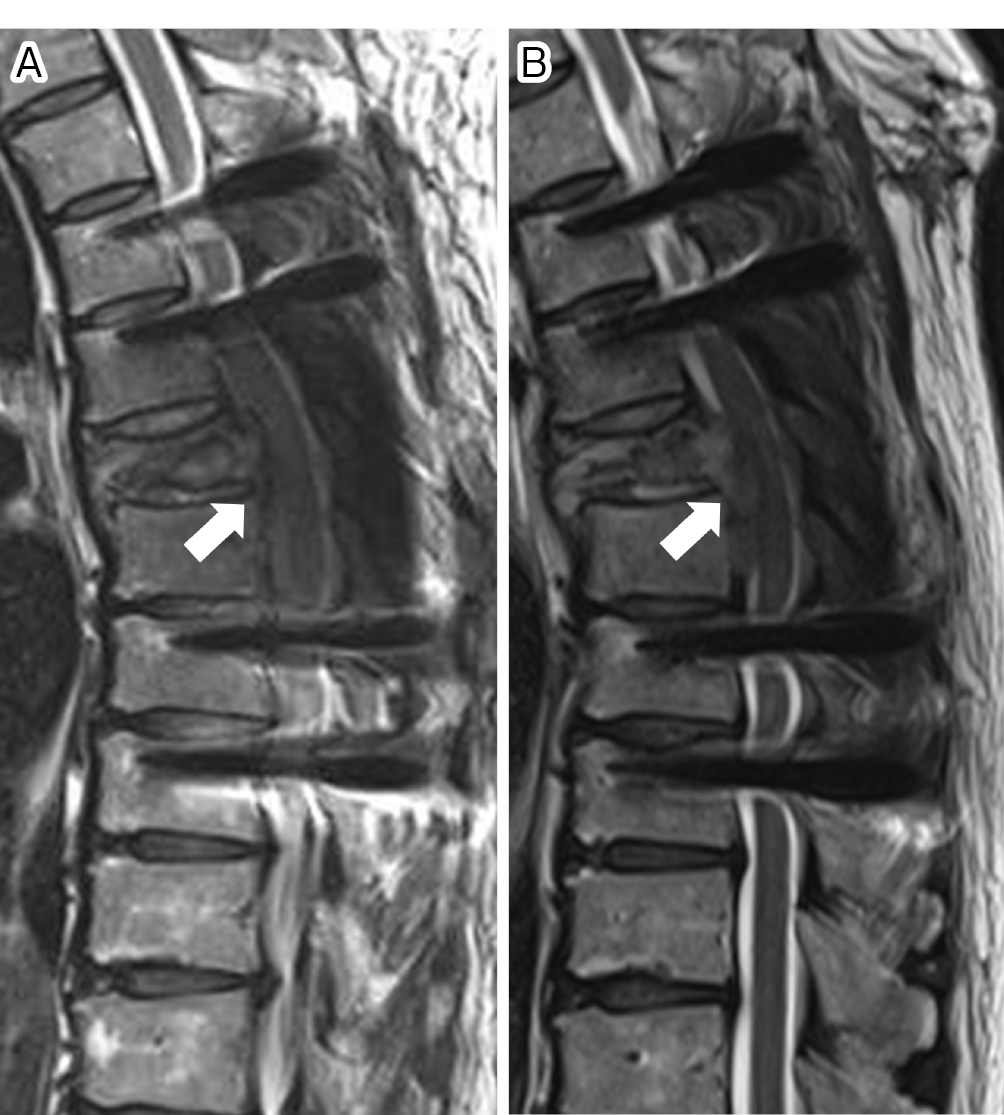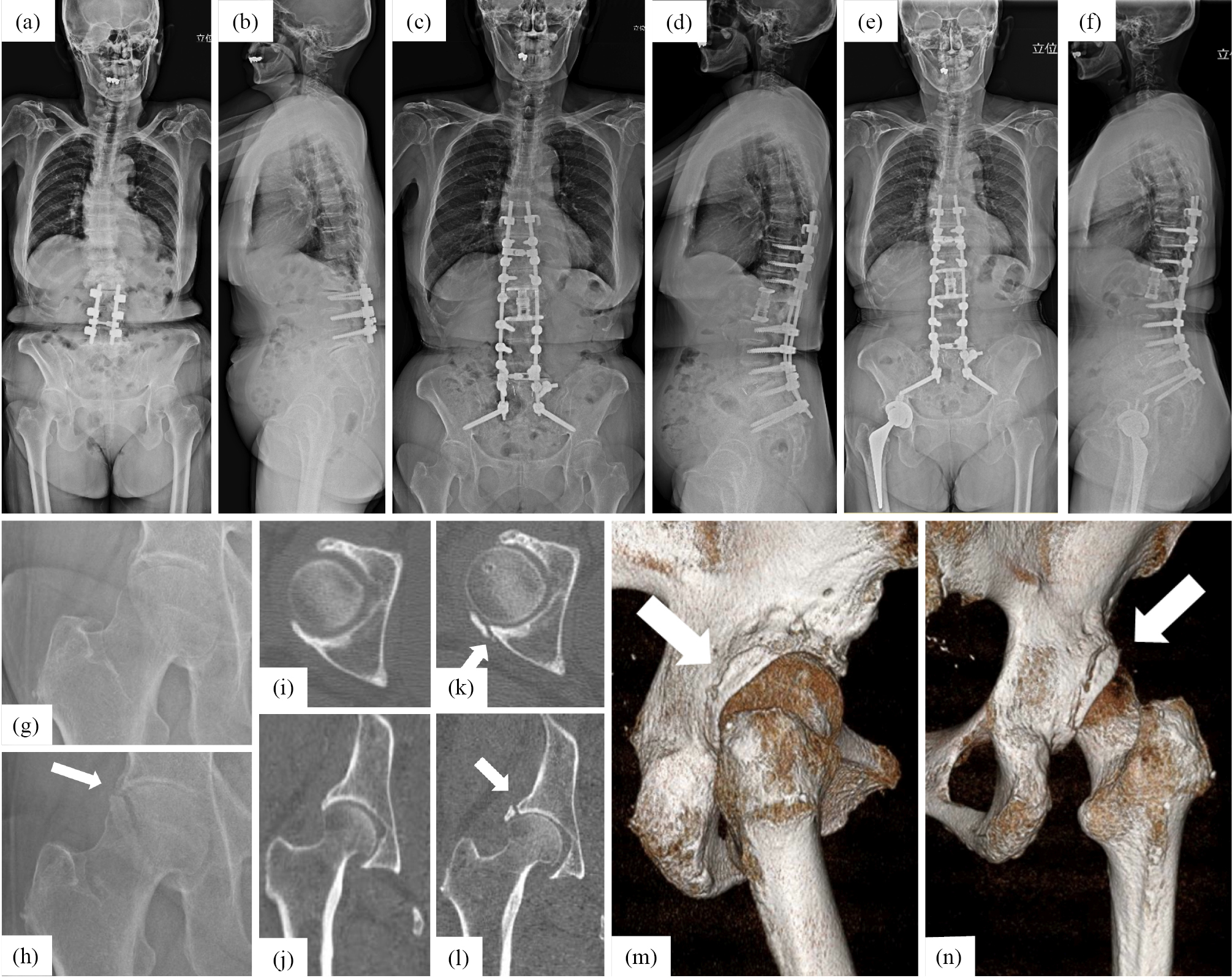Volume 7, Issue 5
Displaying 1-11 of 11 articles from this issue
- |<
- <
- 1
- >
- >|
ORIGINAL ARTICLE
-
2023 Volume 7 Issue 5 Pages 414-420
Published: September 27, 2023
Released on J-STAGE: September 27, 2023
Advance online publication: March 13, 2023Download PDF (299K) -
2023 Volume 7 Issue 5 Pages 421-427
Published: September 27, 2023
Released on J-STAGE: September 27, 2023
Advance online publication: April 21, 2023Download PDF (143K) -
2023 Volume 7 Issue 5 Pages 428-435
Published: September 27, 2023
Released on J-STAGE: September 27, 2023
Advance online publication: April 21, 2023Download PDF (165K) -
2023 Volume 7 Issue 5 Pages 436-442
Published: September 27, 2023
Released on J-STAGE: September 27, 2023
Advance online publication: April 21, 2023Download PDF (637K) -
2023 Volume 7 Issue 5 Pages 443-449
Published: September 27, 2023
Released on J-STAGE: September 27, 2023
Advance online publication: April 21, 2023Download PDF (672K) -
2023 Volume 7 Issue 5 Pages 450-457
Published: September 27, 2023
Released on J-STAGE: September 27, 2023
Advance online publication: June 09, 2023Download PDF (550K)
CLINICAL CORRESPONDENCE
-
2023 Volume 7 Issue 5 Pages 458-460
Published: September 27, 2023
Released on J-STAGE: September 27, 2023
Advance online publication: April 21, 2023Download PDF (987K) -
2023 Volume 7 Issue 5 Pages 461-463
Published: September 27, 2023
Released on J-STAGE: September 27, 2023
Advance online publication: April 21, 2023Download PDF (452K) -
2023 Volume 7 Issue 5 Pages 464-467
Published: September 27, 2023
Released on J-STAGE: September 27, 2023
Advance online publication: April 21, 2023Download PDF (1074K) -
2023 Volume 7 Issue 5 Pages 468-472
Published: September 27, 2023
Released on J-STAGE: September 27, 2023
Advance online publication: April 21, 2023Download PDF (502K)
ERRATUM
-
2023 Volume 7 Issue 5 Pages 473
Published: September 27, 2023
Released on J-STAGE: September 27, 2023
Download PDF (69K)
- |<
- <
- 1
- >
- >|
